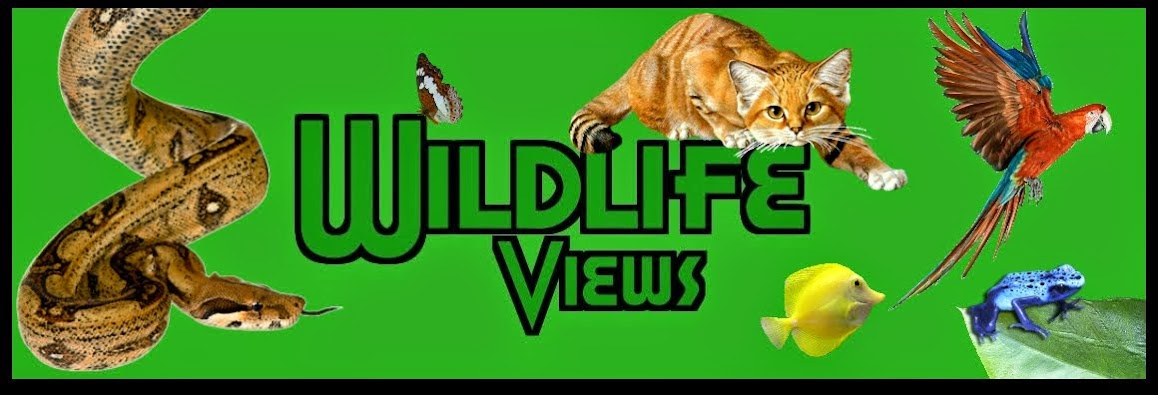Tuesday 29 September 2015
New species of death adder found in Australia
About Death Adders
Death adders belong to the genus Acanthophis and belong to the elapid family (venomous snakes found in tropical and subtropical regions of the world i.e Asia, Australia and South America). Death adders are commonly found in Australia and New Guinea and are among the most deadly snakes in the world. They have a short thick body and a triangular shaped head and possess some of the longest fangs within the elapid family (Average size = 6.2mm). They take 2 to 3 years to reach adult size which is usually no more than a meter in length and are ambush predators going from strike position to envenomation (injecting venom into prey) and back into strike position in just 0.15 seconds. They inject on average 40-100mg of neurotoxic (poisonous/destructive to nerve tissue) venom in a bite, this causes paralysis and respiratory shut down within 6 hours if treatment is not received.
Introducing The Kimberly Death Adder
As it's name suggests, the Kimberly death adder (Acanthophis cryptamydros) was found in the Kimberly region of Australia and like all death adders, is a sit and wait (ambush) predator that feeds on frogs, lizards and small mammals.
The new species was discovered by a team from London's Natural History Museum, led by Simon Maddock. The team were analyzing the mitochondrial DNA (the DNA found within animal cells that convert energy from food into a energy type that cells use called ATP) of Australian death adders of which were believed to contain both the same species in the Kimberly region of Western Australia and Northern Australia.
The snake is 65cm (26 inch) long and can also be identified by a higher number of cream colored scales on it's underbelly then other species and is found from Wotjulum to Kununurra in Western Australia and some offshore islands including, Bigge and Wulalam.
My Views
It is always exciting news for me to learn of a new species being discovered within the natural world, especially, as we tend to adopt a view of most species of mammal, bird, amphibian and reptile having already been discovered however, advancements in the molecular biology field (Studies areas such as genetics i.e. DNA), it seems that it may not be the case. DNA analysis has led to scientists finding not only new species but also that species that we once thought belonged to the same species or family, are not actually related at all! This is not only big news for the scientific community but has caused our knowledge and understanding of the natural world to increase dramatically. DNA is an amazing substance and the molecular biology field is always improving techniques and making new discoveries, making it one of the fastest growing areas currently in science therefore, who knows what we still have to discover in the future but one thing is for sure, I look forward to finding out!
What are your views on this new discovery? Are you excited about what we may discover in the future by using DNA studies? As always feel free to leave your comments in the box below. Finally thanks for taking the time to read and visit my blog and until next time Keep It Wild!!!!
Subscribe to:
Post Comments (Atom)




No comments:
Post a Comment